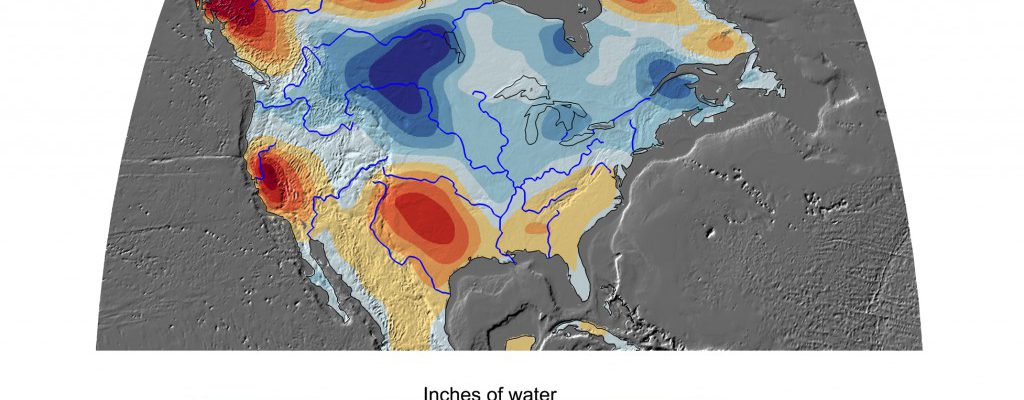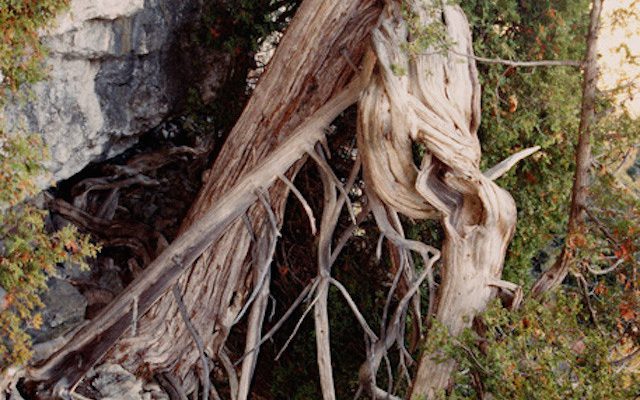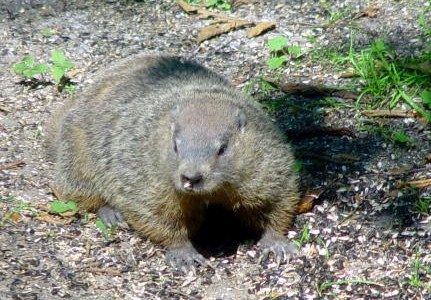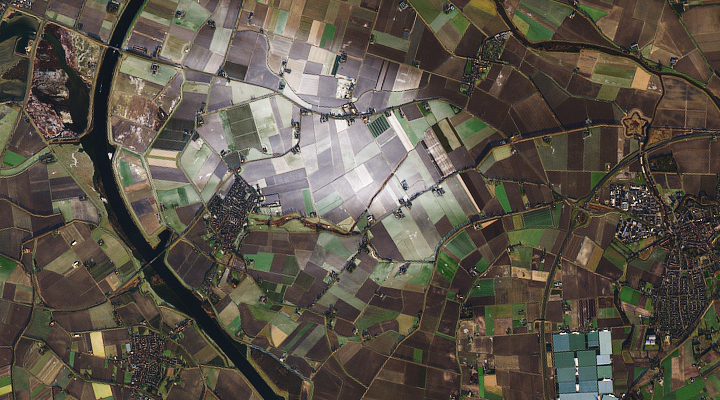Climate science
-

Earlier this month NASA published a study showing that 1/3 of big groundwater basins across the earth were in distress. One of them was what they list as the Atlantic and Gulf Coastal Plains aquifer, which provides irrigation and drinking water to a large area of south Georgia, Alabama, Florida and other states around the Gulf…
-

Atlas Obscura had a fascinating story last year about some centuries-old trees found in the most unexpected place: growing out of cliffs along the Niagara escarpment. Because these trees don’t get very large due to their extreme exposure and difficult growing conditions, no one knew how old the trees were until a Canadian researcher collected tree cores…
-

I hear a lot of discussion among my climatologist friends as well as many other non-climate folk about the veracity of NOAA’s published global climate data set. Folks who don’t understand the types of data that are used in building the data set don’t understand all of the steps needed to make a homogeneous record,…
-

Last month NOAA’s Climate.gov posted a story following the release of the 2016 global average temperature, discussing how unusual this event was. Jessica Blunden, the author, discussed the impact of El Niño on temperature records in general and specifically on the record-setting global temperatures this year. She also provided an outlook for 2017. You can…
-

Don Paul, a television meteorologist from Buffalo NY that I follow on Facebook, has an excellent description of why sea levels are rising and the consequences of both rising sea levels and subsidence of land on coastal cities and ecosystems. You can read it at https://buffalonews.com/2017/02/03/don-paul-ominous-duo-rising-seas-sinking-land/.
-

Today is Groundhog Day (or Candlemas Day, depending on which calendar you use). News outlets across the US are reporting on whether we are going to have six more weeks of winter or if spring will come early based on the shadow of a marmot. All while the flowering plum trees here in Athens in…
-

NASA’s Earth Observatory had some interesting pictures this week about localized snow in the Netherlands. They think it was caused by changes in fog over small areas to snow due to the seeding of ice crystals, which changed the liquid fog droplets into ice crystals that consolidated into snowflakes. In the areas affected 1-2 inches…